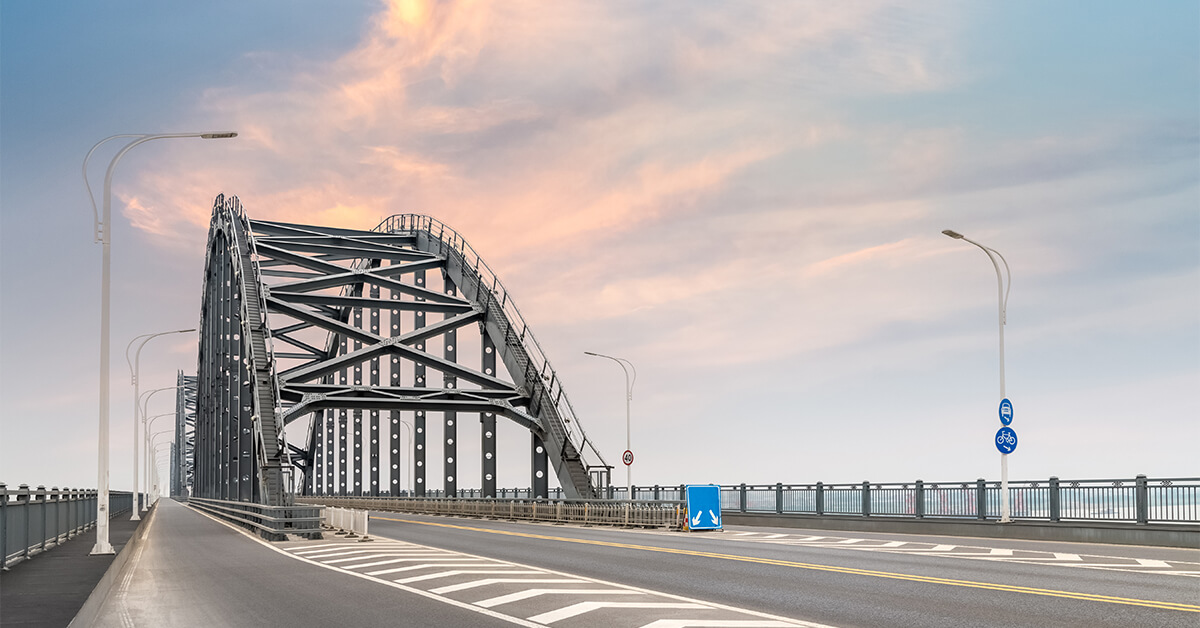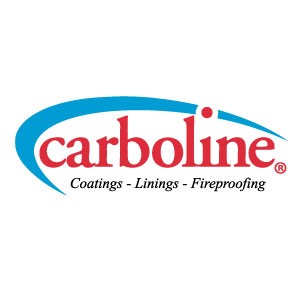
When applied over carbon steel substrates, the anti-corrosive properties of zinc metal is undeniably one of the most cost-effective solutions for prolonging the service life of steel structures from atmospheric corrosion. Whether the steel is galvanized—typically done through a hot-dip application—or primed with an inorganic zinc-rich primer, the expected service life yielded by cathodically protecting the steel can achieve decades-long performance for most exposures.
So, if both hot-dip galvanizing and inorganic zinc-rich primers offer such exceptional corrosion resistance, when should one coating option be used over the other? In order to determine the most cost-effective method for corrosion protection, two main factors must be considered:
-
1. What is the Size of the Asset Being Protected?
When it comes to protecting steel structures from corrosion, size matters. If the asset that needs to be protected is small in size, such as handrails, stair treads, angle irons, braces or connectors, then hot-dip galvanizing is the most cost-effective method.
The tall electrical transmission towers that cross our nation’s farms and fields (rural exposures)—constructed of numerous small steel members—are prime examples of galvanized structures that literally last decades. Hot-dip galvanizing favors these small steel members.
Although galvanizing can be performed on large structural members of great depth and length, it becomes far more difficult to prep, handle and dip these large steel members. All galvanized parts must be abrasive blasted to provide the necessary cleaning, as well as to develop a sufficient anchor profile for the liquid zinc metal to adhere properly.
Likewise, the larger the steel member, the more the use of inorganic zinc-primers becomes ideal. Large fabricated steel parts are often constructed in one shop, then shipped to a galvanizer capable of handling larger pieces before being shipped back for further assembly. As such, shipping and handling fees can quickly escalate the project’s overall cost.
Inorganic zinc-rich primers, by contrast, require only abrasive blast cleaning and an inexpensive spray pump for application. Applied much like paint and just as durable as galvanizing, inorganic zinc-rich primers can air dry in minutes and be ready to ship almost immediately.
-
2. What is the Anticipated Exposure?
In addition to asset size, the anticipated exposure of a steel structure is a critical factor to consider in selecting the best corrosion protection method. For rural or light industrial exposures, hot-dip galvanizing is the ideal solution. However, recent studies and in-field experience have shown that galvanizing is significantly less effective in marine (salt-laden) and industrial environments if left without a topcoat.
On the other hand, because of the inherent porosity of its film, inorganic zinc-rich primers have proven to be much more effective in marine environments. The inert, inorganic silicate binder is inherently chemically resistant and holds the zinc particles together with tenacious force—-in turn providing more zinc surface for greater galvanic protection. Although inorganic zinc-rich primers will outperform galvanizing in a marine environment, they are nevertheless topcoated to help prolong service life.
When the environment is expected to be industrial, such as with acidic or caustic exposures, both hot-dip galvanizing and inorganic zinc-rich primers must be topcoated to prevent chemical attack of the zinc metal. The choice of topcoats depends on a number of factors—including the exposure, the desired final appearance and the required service life of the system.
Though the topcoating of inorganic zinc-rich primers is relatively easy, the process of topcoating galvanized steel is fraught with problems due to its surface treatment in transit from the shop. According to the American Galvanizers Association, it’s recommended that galvanized steel be “weathered” between 6-18 months before attempting to paint it. This makes the use of hot-dip galvanizing even more cumbersome for industrial or marine exposures.
No matter the size of your asset or the anticipated exposure, there is no better method for prolonging the service life of steel structures than to cathodically protect it with hot-dip galvanizing or inorganic zinc-rich primers. Just remember this rule of thumb—leave small assets to the galvanizers, and trust your big assets to a supplier of zinc primers.

